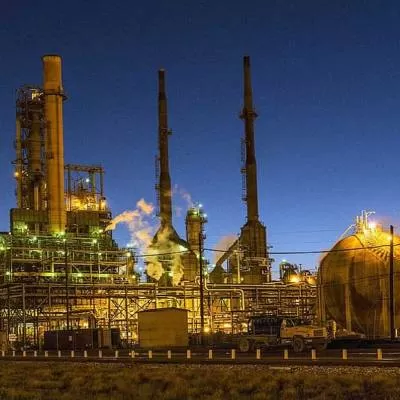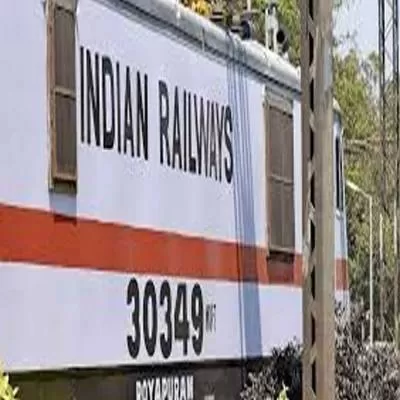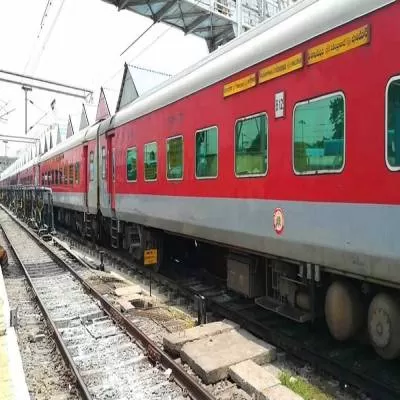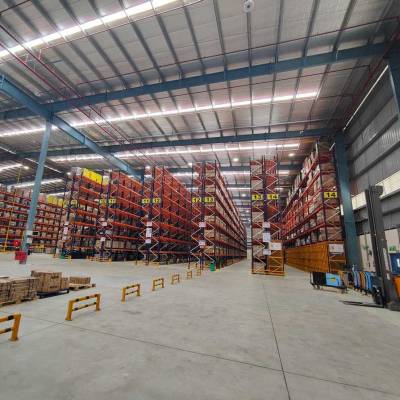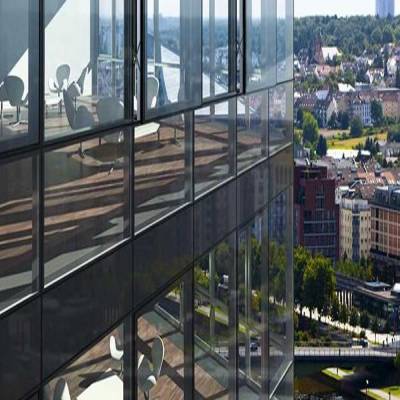- Home
- Building Material
- Cement
- External factors affecting cement demand
External factors affecting cement demand
Factors such as rains and festivities affect cement demand in India every year from August to November. Even discounts offered by MNC cement companies to meet their year-end targets also lead to reduction in realisations.
But, there are certain other exogenous factors which are affecting the demand and realisations of cement in northern and southern regions of the country.
Factors such as ban on sand mining, shut-down of brick kilns and shortage of wagons have slowed down the overall construction activities and hence affecting the demand for cement. Firstly, a ban imposed by Punjab and Haryana on sand mining has made the construction ingredient quite expensive.
Price of sand carried in tractor, having a space of 150 cubic feet, has increased from Rs 1,200 to Rs 2,500 approximately. A decision to lift the ban has been postponed to January 20 from January 9. The second factor is the lower availability of bricks which is one of the primary materials in construction.
The Supreme Court ordered for the closure of brick-kilns not having environment clearance. As a result a large number of kilns were closed and there is a huge shortage of bricks.
Efforts to setup fly-ash brick kilns have not been of much help as the process has been really slow due to cost issues. Lastly, a shortage of rail freight cement wagons has prevented cement producers in southern India, to supply cement in eastern and northern regions.
South-based players look to supply in other regions due to overcapacity in southern India. Road transport not being feasible (due to greater distance), a shortage in rail wagons has hurt the cement players.
Factors such as rains and festivities affect cement demand in India every year from August to November. Even discounts offered by MNC cement companies to meet their year-end targets also lead to reduction in realisations. But, there are certain other exogenous factors which are affecting the demand and realisations of cement in northern and southern regions of the country. Factors such as ban on sand mining, shut-down of brick kilns and shortage of wagons have slowed down the overall construction activities and hence affecting the demand for cement. Firstly, a ban imposed by Punjab and Haryana on sand mining has made the construction ingredient quite expensive. Price of sand carried in tractor, having a space of 150 cubic feet, has increased from Rs 1,200 to Rs 2,500 approximately. A decision to lift the ban has been postponed to January 20 from January 9. The second factor is the lower availability of bricks which is one of the primary materials in construction. The Supreme Court ordered for the closure of brick-kilns not having environment clearance. As a result a large number of kilns were closed and there is a huge shortage of bricks. Efforts to setup fly-ash brick kilns have not been of much help as the process has been really slow due to cost issues. Lastly, a shortage of rail freight cement wagons has prevented cement producers in southern India, to supply cement in eastern and northern regions. South-based players look to supply in other regions due to overcapacity in southern India. Road transport not being feasible (due to greater distance), a shortage in rail wagons has hurt the cement players.


